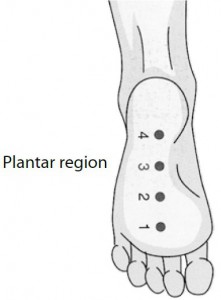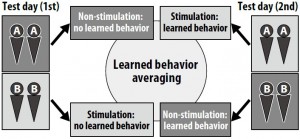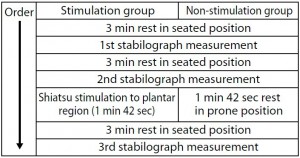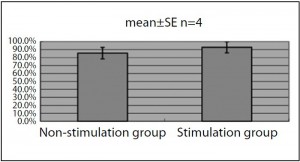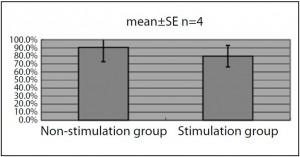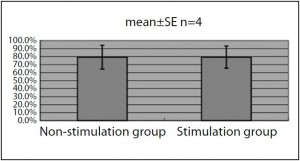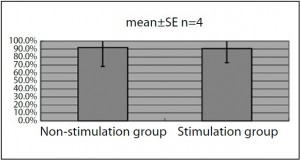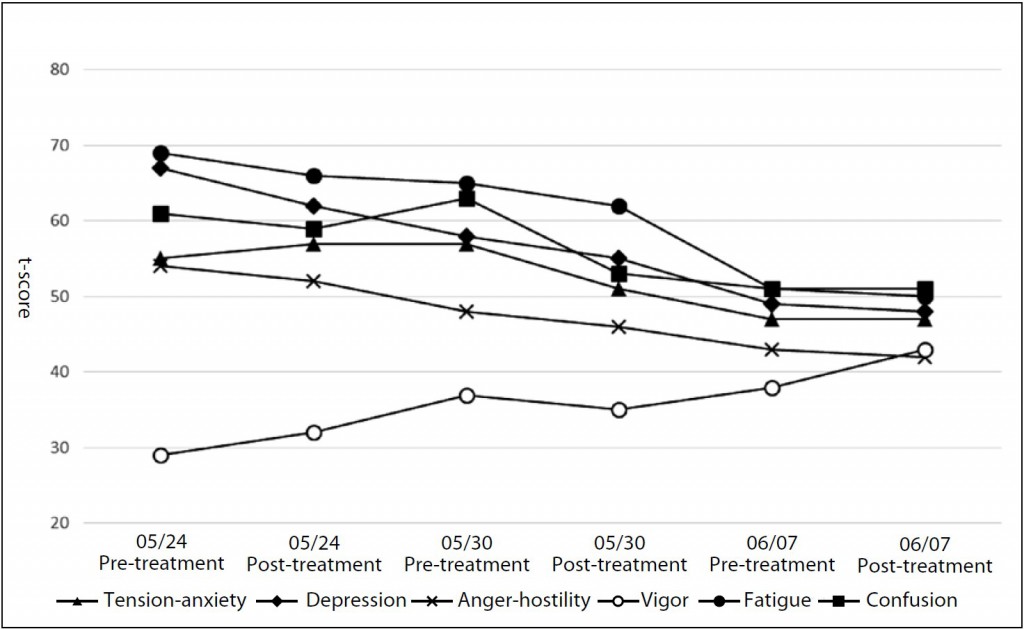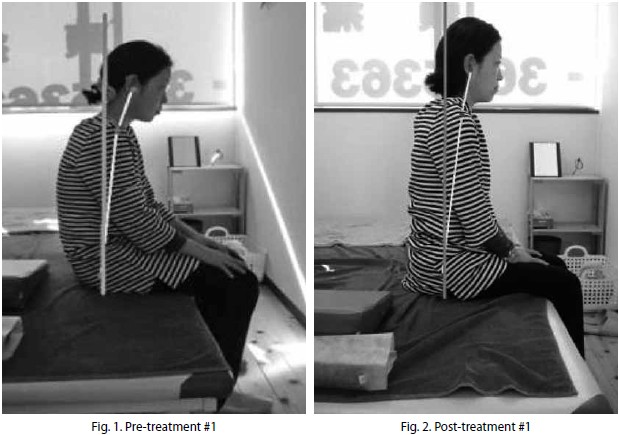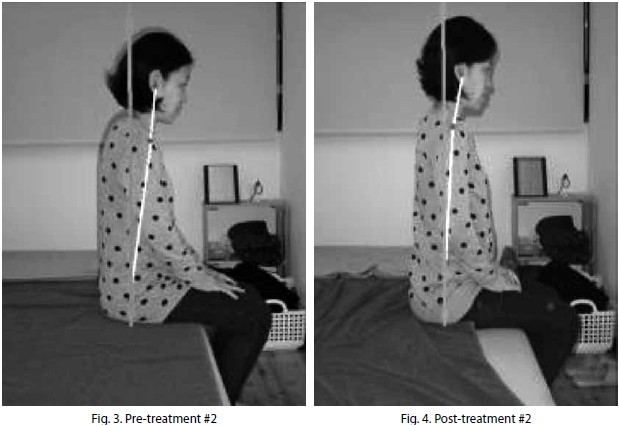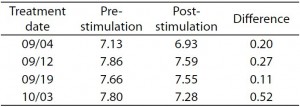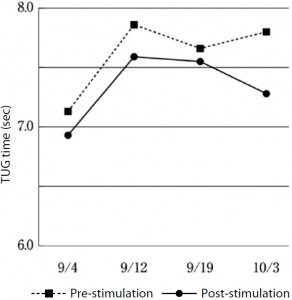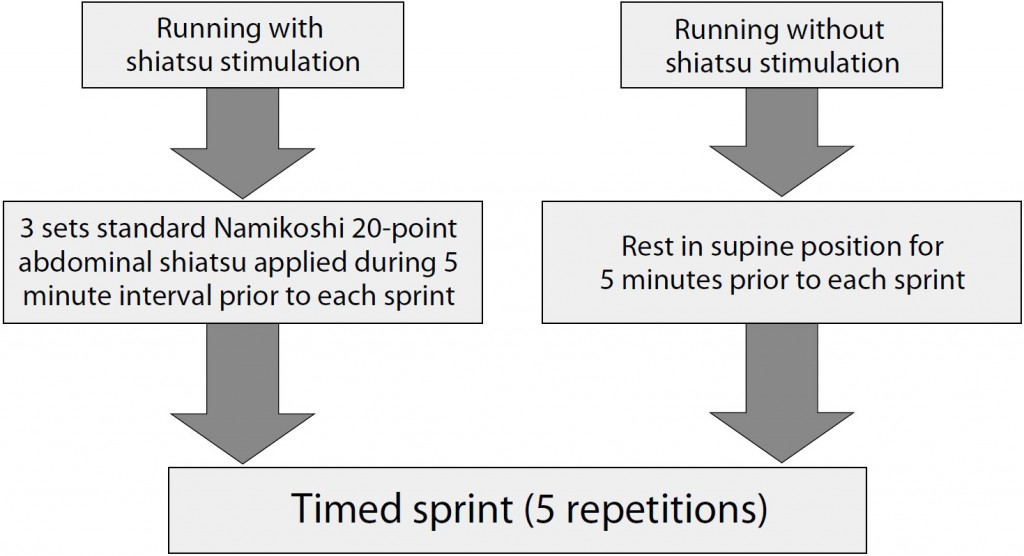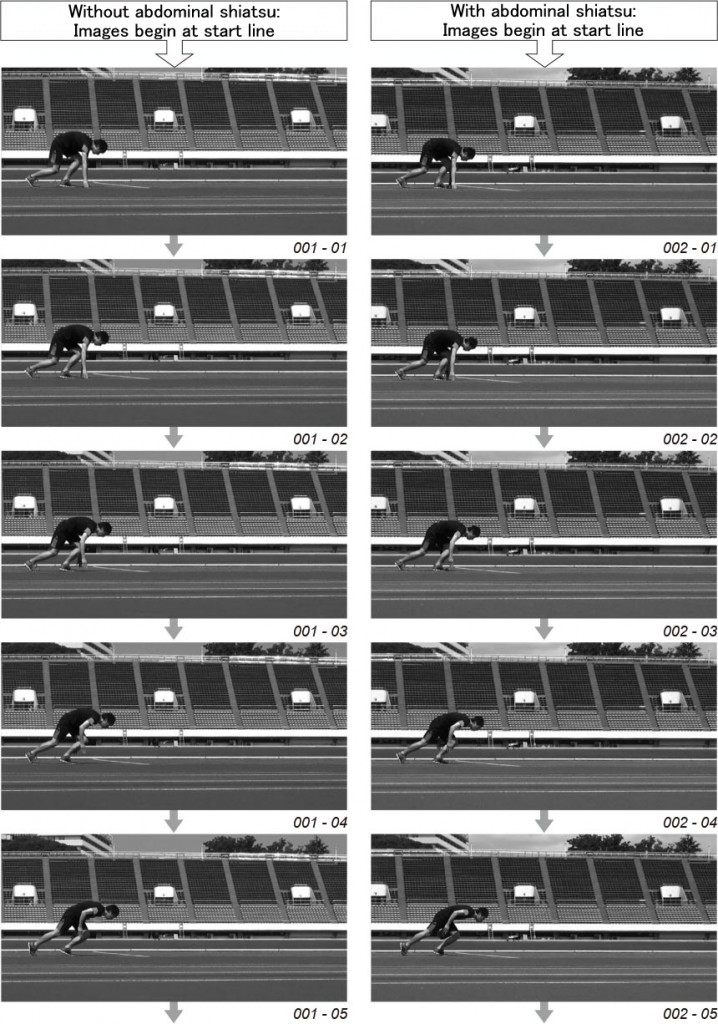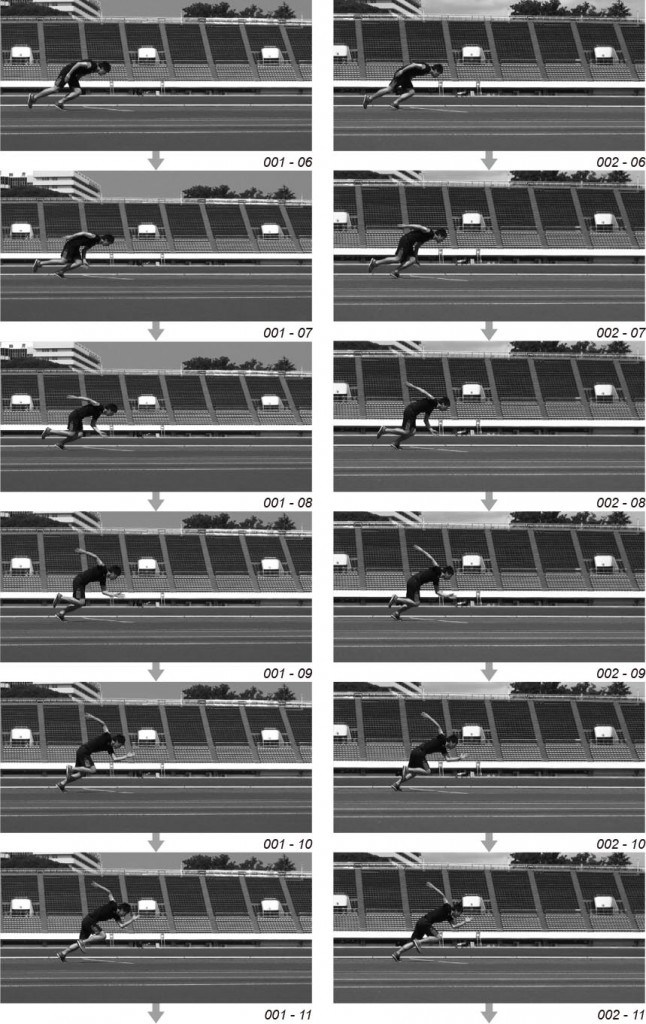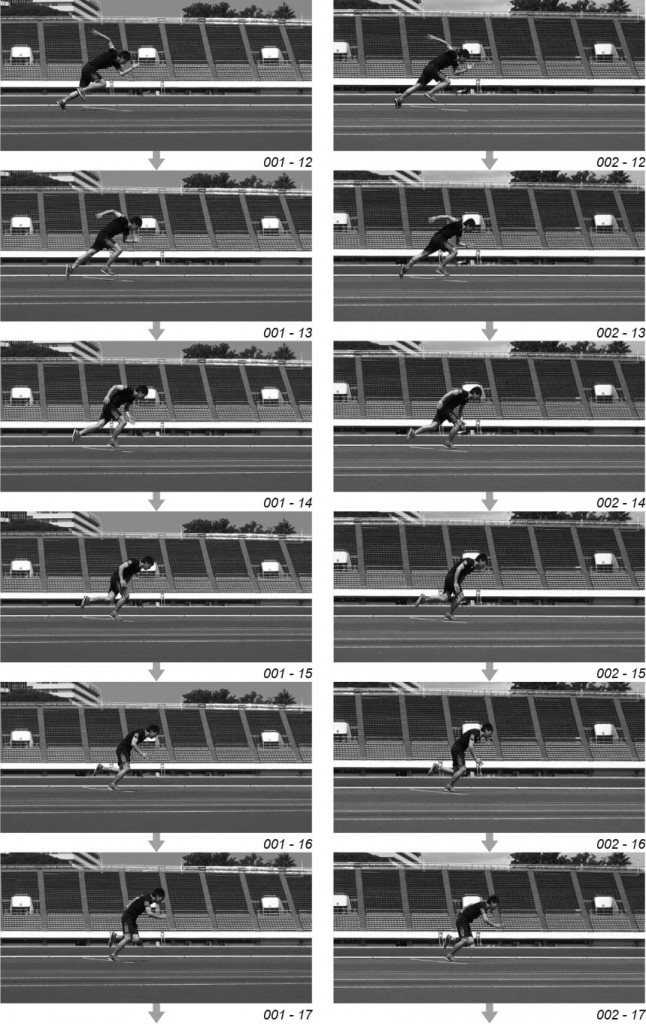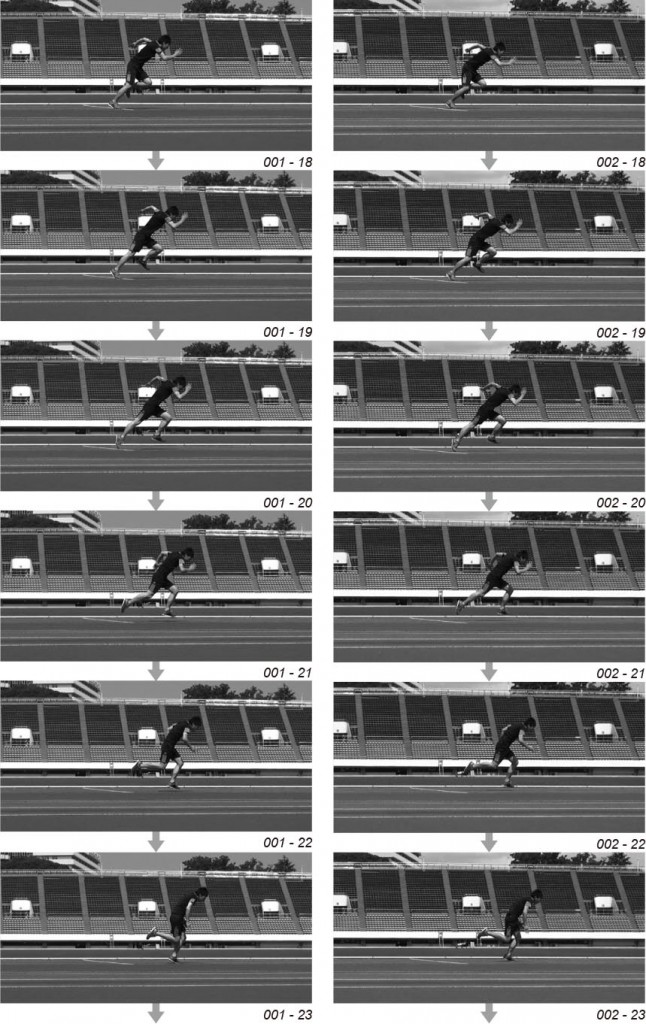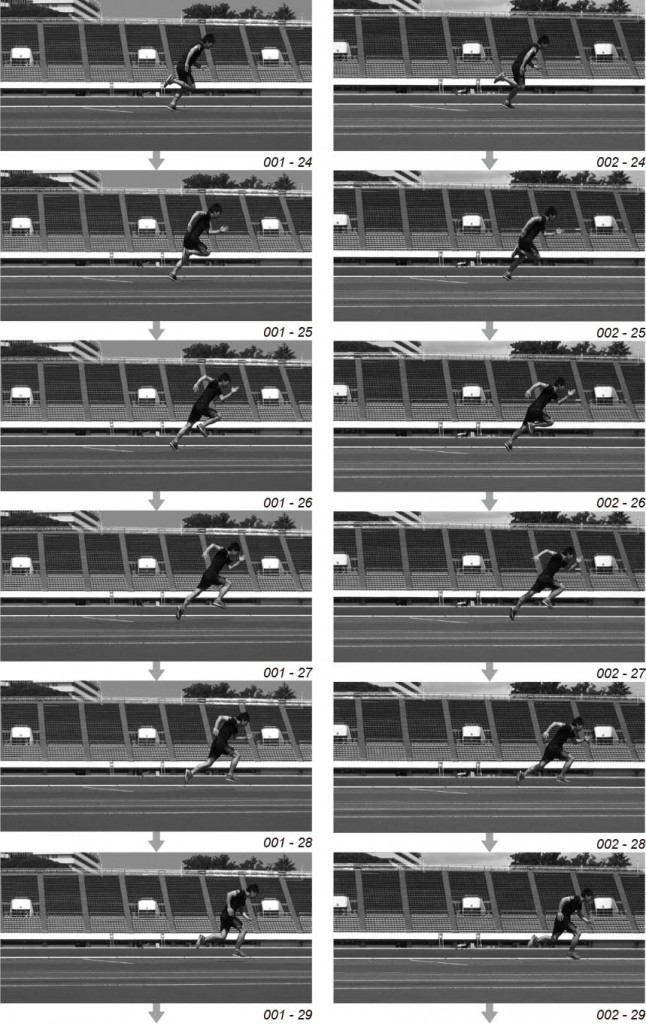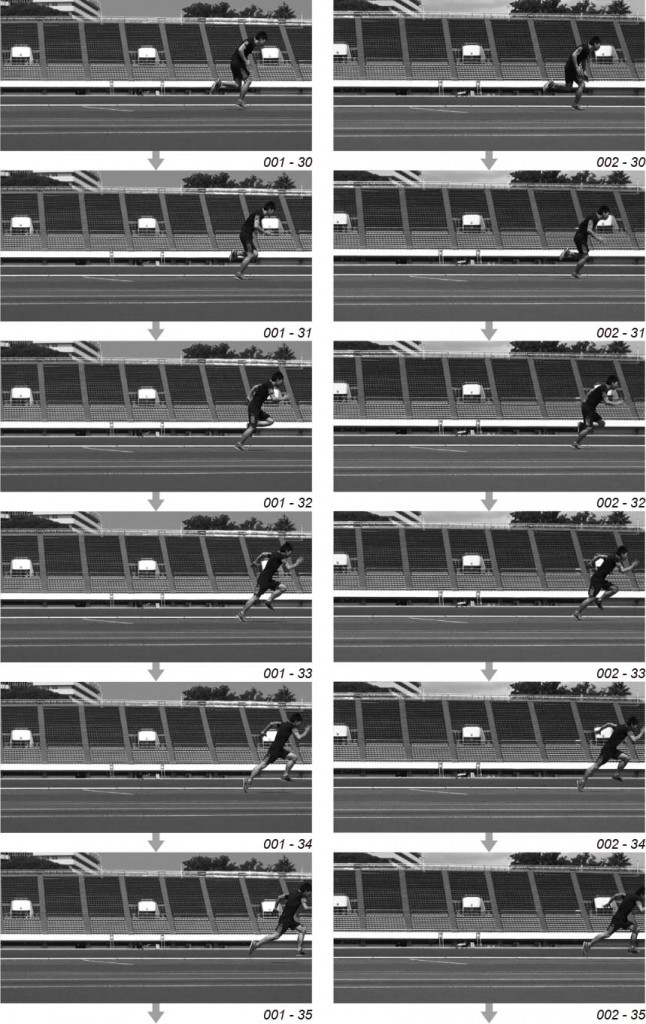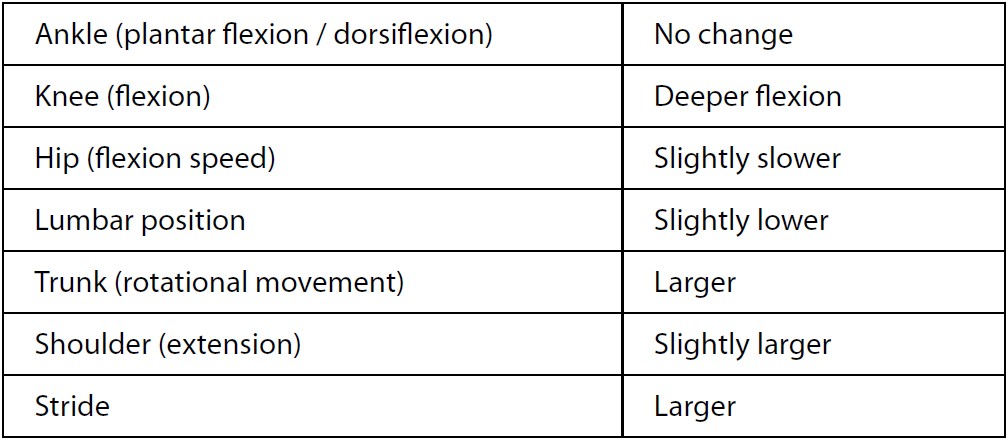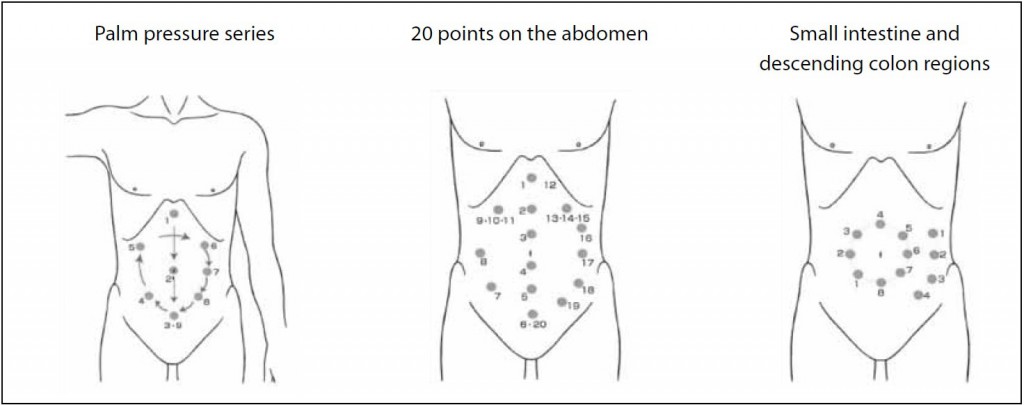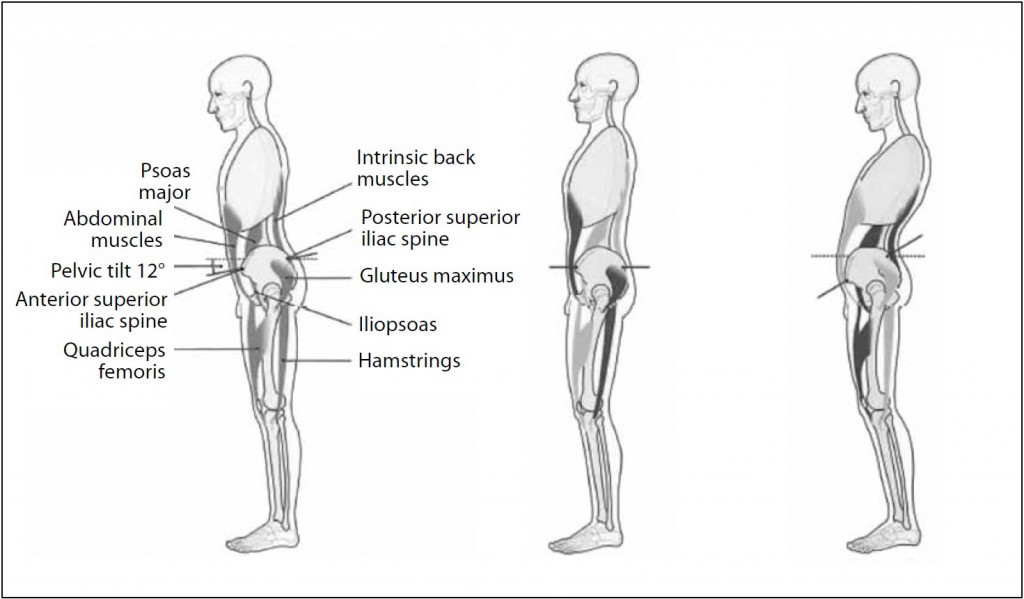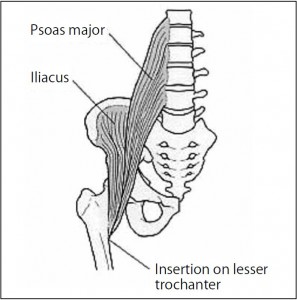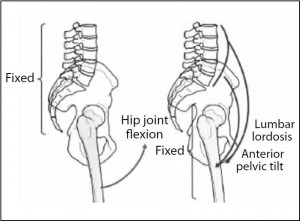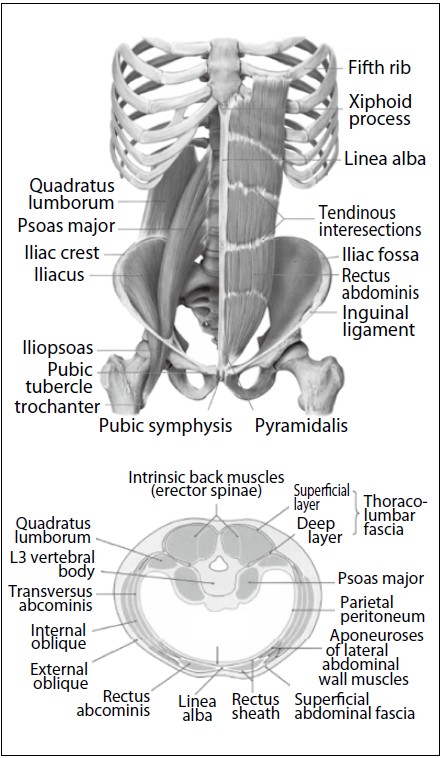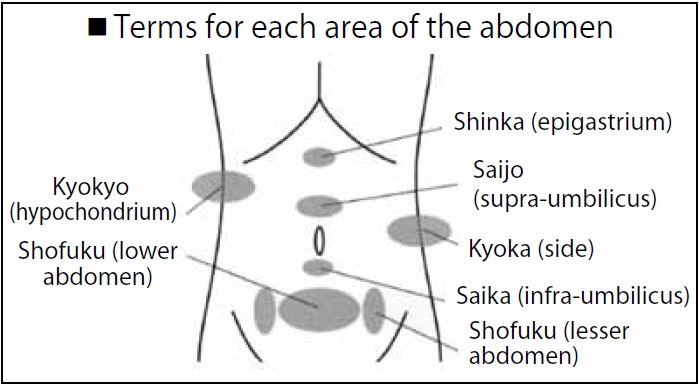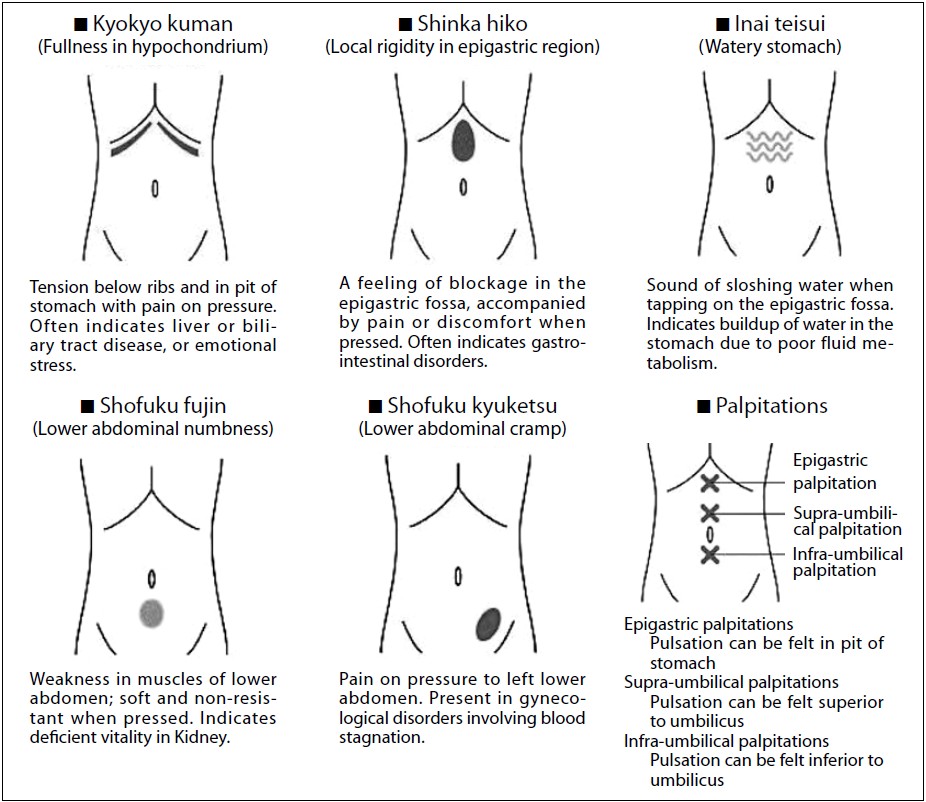Tomochika Eto
Fitness trainer, Meiji University
1.Introduction
Sports trainer is listed on the Japan Shiatsu College website as a possible career path for graduates of the college.
In my case, though what I do may be slightly different than what most people imagine when they think of a sports trainer, I do make my living as a trainer of sorts. In 2001 I was working as a supervisor of teaching assistance operations for physical education, and I entered the Japan Shiatsu College with the objective of developing a more rounded program (and also hoping I may be able to set up a clinic at the university). After graduating and obtaining certification, I continued mainly to supervise teaching assistance operations at the university. My duties included implementing fitness testing, results aggregation, resolution, and interpretation, training supervision, explanation of equipment usage, and so on. It may seem as if I was not making use of my shiatsu skills, but there was a time when I was not so busy with my work at the university that I practiced home care shiatsu after finishing work at the university. I also employed shiatsu on various student athletes to help them with shoulder and back problems.
Here I would like to report on an incident that occurred during those everyday activities in which the physical skills and knowledge I acquired through my training in shiatsu pressure application helped in an emergency lifesaving situation. Normally life is uneventful and we have few encounters with people in a life and death situation, but I hope that my experience will be instructive for anyone who should find themselves in such a situation.
2.Circumstances of the incident
The incident occurred one day in October 2012 in a class that began at four in the afternoon. That day I was performing support work as usual, dividing the students into several groups to measure side-to-side jumping. Side-to-side jumping is an agility test which measures how many times the subject is able to jump over or onto three lines drawn one meter apart in 20 seconds.
Just as the buzzer on the timer sounded to signify the end of the test, one of the students collapsed. Since he had been stepping energetically until immediately before falling, his momentum caused him to fall flat on the floor without breaking his fall, as if a switch had been turned off inside him. I was standing behind the students operating the timer. As I watched the student fall, seemingly in slow motion, I recalled how once before a student had collapsed due to an epileptic fit. I approached the student expecting to find similar symptoms. Even if he had lost consciousness, I thought it would have been from the fall. This hypothesis proved to be way off the mark, but it may have been why I was able to deal with the situation so calmly.
3.Student’s symptoms and my mental state during rescue
The student did not respond to verbal cues and his limbs were like rubber. During the course of examining his condition I happened to check his radial pulse.
One would expect a shiatsu therapist to have sensitive fingertips and be adept at palpation and pulse taking. I assessed that the pulse of the student in question was shallow, rapid, and weak. Rationally I knew that he did ‘have a pulse’, but the strange sensation conveyed to me through my fingers prompted me to take the following actions.
We are trained that when a patient’s heart stops we should immediately call 119 emergency services and have someone bring an AED (Automated External Defibrillator), but in this case I was doubtful and asked fellow trainer ‘A’ to bring the AED without asking him to call 119. Instead of barking out the order as we were taught during training, I asked casually, saying something like “Anyway, maybe you’d better get the AED.” Fortunately another trainer ‘B’ had just come on shift and, having heard the word “AED”, grasped the situation immediately and rushed off to get the device. Even more helpful was the fact that, without my directly instructing him (I forgot to), he took in upon himself to call 119.
As I awaited the arrival of the AED I observed the student carefully, thinking rationally on the one hand that he did ‘have a pulse’, but worried by the abnormal sensations conveyed to me through my fingertips. I was convinced that, logically, all we had to do was attach the AED and the voice message would confirm that there was nothing wrong. But the student’s complexion began to turn blue and I could feel his pulse gradually weaken. Whether it turned out to be a case of mere fainting or a serious case of cardiac arrest, I decided to play it safe and began performing cardiac massage. Having learned in class that, when chest compressions are performed properly, cardiac output is approx. 20 cc, I semiconsciously performed chest compressions with weak pressure that would produce less than 20 cc output. Reflecting on it later, I think the pressure reflected my mental state of wanting to ensure oxygenated blood reached the brain and heart, without risking any damage to the sternum, ribs, heart, or other organs.
Eventually the AED arrived. The two of us applied the electrode pads together without regard to our training or the steps laid out in the manual and the automated analysis began. I awaited the ‘No shock required’ message, convinced even at this stage that it was just a case of fainting. I prayed for that message, which would mean that both the student and those of us performing the first aid could return to our peaceful routine.
However, the message that came from the AED was the one I had heard in training: “Shock required.” When I heard that message a switch turned on inside me, a little too late perhaps, realizing that whatever happened we needed to save this student! From that point on, we made a point of following the manual and acting according to our training. Following the electric shock, we performed artificial respiration combined with chest compressions consisting of vertical compressions at least 5 cm deep at a rate of 120 per minute. After one or two minutes of that, a reaction something like agonal respiration occurred. Judging that it was agonal respiration, we continued chest compressions and artificial respiration until we decided that he was returning to normal breathing, at which point we placed him in the recovery position.
After repositioning him, I continued to yell in his ear to hang in there and keep breathing, as they say that if you call someone as they are passing through death’s door, they will return to the land of the living.
4.Arrival of emergency rescue and transfer to hospital
Coordination between the trainer who called 119, the athletics office, and the security station went smoothly, and I remember that the emergency rescue team arrived within seven minutes after the student had collapsed.
Two rescue teams of three members each showed up. I don’t remember clearly whether the first team requested the second team or not. I explained the situation and the use of the AED to one of the paramedics while watching the activities of the first rescue team out of the corner of my eye. When the second rescue team began administering oxygen the student began to speak incoherently and it seemed like he was out of danger. But he was taken to the hospital before fully regaining consciousness.
Just under 20 minutes passed from the time the incident occurred to the time the ambulance left. During that time, the teacher in charge of the class took care of the other students and accompanied the student who had collapsed. The other two trainers and I did what was necessary to restore the training area to normal operating conditions.
While continuing normal open operations, we waited for the hospital where the student had been taken to contact us. This being the first time in my life I had ever performed CPR, I was relieved that the person had been resuscitated. However, looking back calmly on the incident once I had regained my composure, I began to worry: Was the pressure sufficient when I just used one hand? Did I wait too long before beginning chest compressions? And so on.
Around 90 minutes after the incident occurred, we received a phone call from the teacher who had accompanied the student, saying that he had regained consciousness and was able to hold a simple conversation. I experienced the greatest sense of relief I had had since passing the national exams. Having received notification that the student regained consciousness, I returned home more than two hours later than usual.
5.Further developments
Apparently, the hospital analyzed the data from the AED we had used. The manufacturer also inspected the battery and the unit was returned to us six days after the incident. As things continued to return to normal, I wondered what had become of the student and what had caused the problem. To counter my unease, I spent my days reading accounts of AEDs saving lives and surfing the Internet in search of information.
Near the end of November, 50 days after the incident occurred, the student who had collapsed came to see me. When the incident occurred he had been exercising so of course was wearing gym clothes, so when he appeared before me smartly dressed in street clothes I at first didn’t recognize him. We spoke for just under half an hour, during which time he explained in detail how he only vaguely recalled the events surrounding the incident, how his release from hospital had been delayed for further testing and he had been transferred to another hospital, and that the cause had been due to a genetic disorder of which he had been unaware.
I felt fortunate to have the opportunity to talk to him, considering that if I had saved the life of a passerby on the street they probably would not have paid me a visit to fill me in on all the details.
He told me that he would be able to return to student life, and I conveyed the news to all related parties. I received a letter of appreciation from the fire marshal at the end of December, 70 days after the incident occurred, and one from the university president 20 days after that at the beginning of January. With this, I felt that in my heart that I had achieved closure.
6.Further ruminations and my perspective as a shiatsu therapist
In Japan, the general public was first authorized to operate AEDs in July 2004. I received my anma, massage, and shiatsu certification in April of that year. Two years later, in June 2006, I took a course in standard first aid in Hiratsuka, where I was living at the time. I wasn’t really aware of it then, but at the time I took that first aid course it was still comparatively soon after AEDs had been authorized for general use. What I remember from the practical class was that the firefighter teaching the class thought highly of chest compressions. I still clearly remember mentioning while chatting to him during a break, “I’m a shiatsu therapist, so I have a good feel for performing perpendicular compressions.” In shiatsu terms, you might say that, while supporting the weight of you lower body with your knees, you apply hand-on-hand pressure with elbows extended, skillfully applying upper bodyweight to exert rhythmical pressure. Also, to push the comparison farther (perhaps too far?) you could say that the hand-on-hand pressure applied to the sternum using the heel of the palm is like fluid pressure, but without the flow.
For manual therapists, touching other people’s bodies is a major premise of their work. Speaking subjectively, I feel that among manual therapists, shiatsu therapists are probably the most sensitive to the notion of perpendicular pressure. With the chest compressions of CPR, while one must press perpendicularly in order to ensure effective delivery of oxygen (blood), at the same time there is a risk of damaging the ribs and sternum. I was glad I had learned about and acquired the skills of ‘perpendicular compression’ at the time, and especially now that I have used it to actually save a person.
As I mentioned earlier, I think shiatsu therapists also have good pulse palpation skills. In basic shiatsu, when one treats the axillary region, one palpates the radial pulse to determine if you are pressing on the right point. In the process of repeating this over and over, the various pulse feels of many different people accumulate in your fingertips like a medical chart. This may be why I was able to recognize the student’s irregular pulse.
I realize that most shiatsu therapists are very busy with their day-to-day responsibilities, but I strongly recommend that everyone make the time to take a first aid course offered by the Red Cross or you local fire department. While the chances of being involved in a medical emergency are slim, proper training will not only help you handle the situation calmly, but will also provide an ideal opportunity to apply your skills as a shiatsu therapist.
By the way, the feeling of practicing chest compressions on the doll used in the course is surprisingly similar to the feel of performing it on an actual person’s chest. I would like to express my respect and gratitude to the person who developed it.
7.Conclusion
One year after the incident, I took a first aid course for the third time in my life. It’s certainly not because I was full of myself for having saved someone, but the instructor informed me that I was applying the electrode pads in the wrong position. I realized that, whether first aid or shiatsu, one needs to study every day to maintain one’s skills.
It is not unimaginable that the skills one develops as a shiatsu therapist while coming into contact with people both spiritually and physically can be applied in a variety of situations, from nursing to childcare. It will make an interesting topic for further study.
References
1. Ishizuka H: Shiatsu ryohogaku, first revised edition. International Medical Publishers, Ltd., 2008 (in Japanese)
2. Shimazaki S, editorial supervision; Tanaka H, editor: AED machikado no kiseki. Diamondo Bijinesu kikaku, 2010 (in Japanese)
3. Japanese Red Cross Society, editors: Sekijuji kyukyuho kiso koshu. Nisseki sabisu, 2012 (in Japanese)

